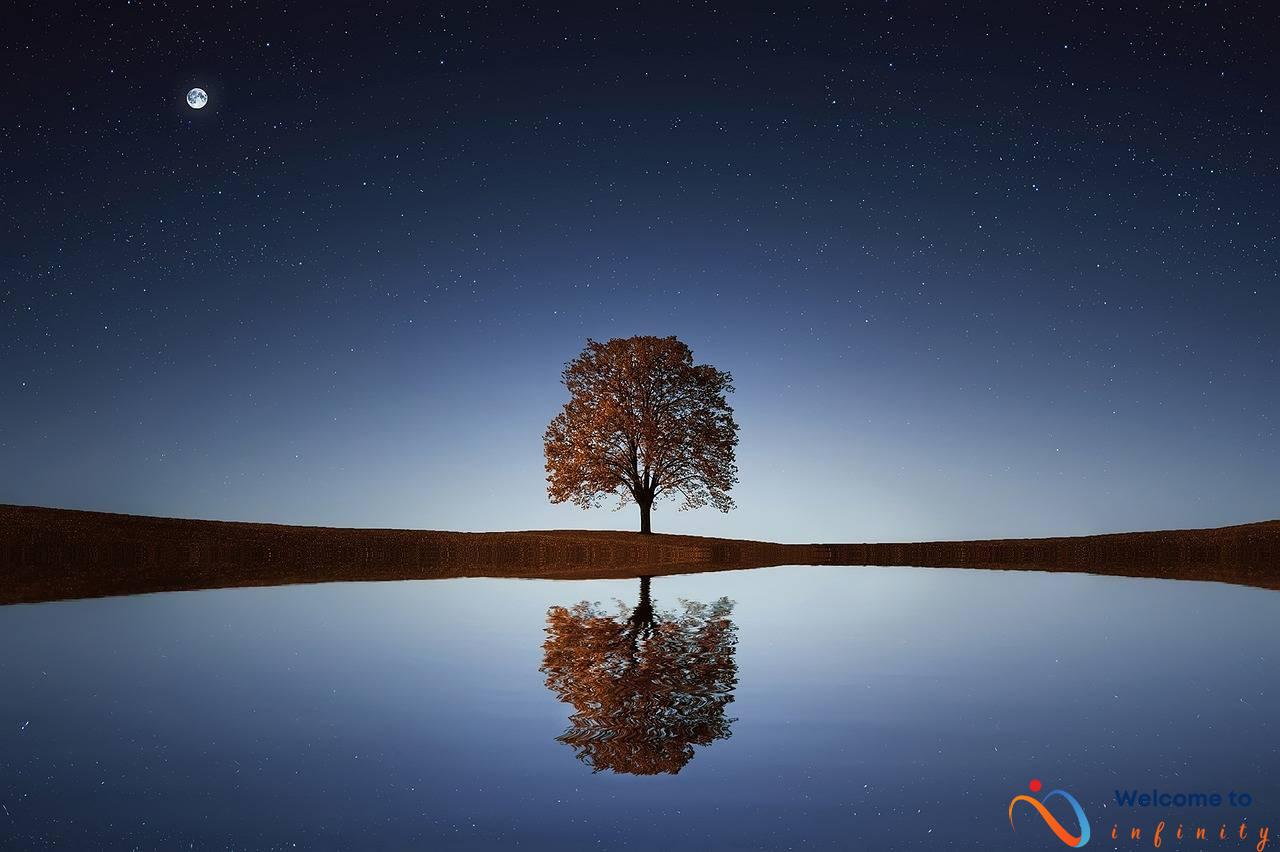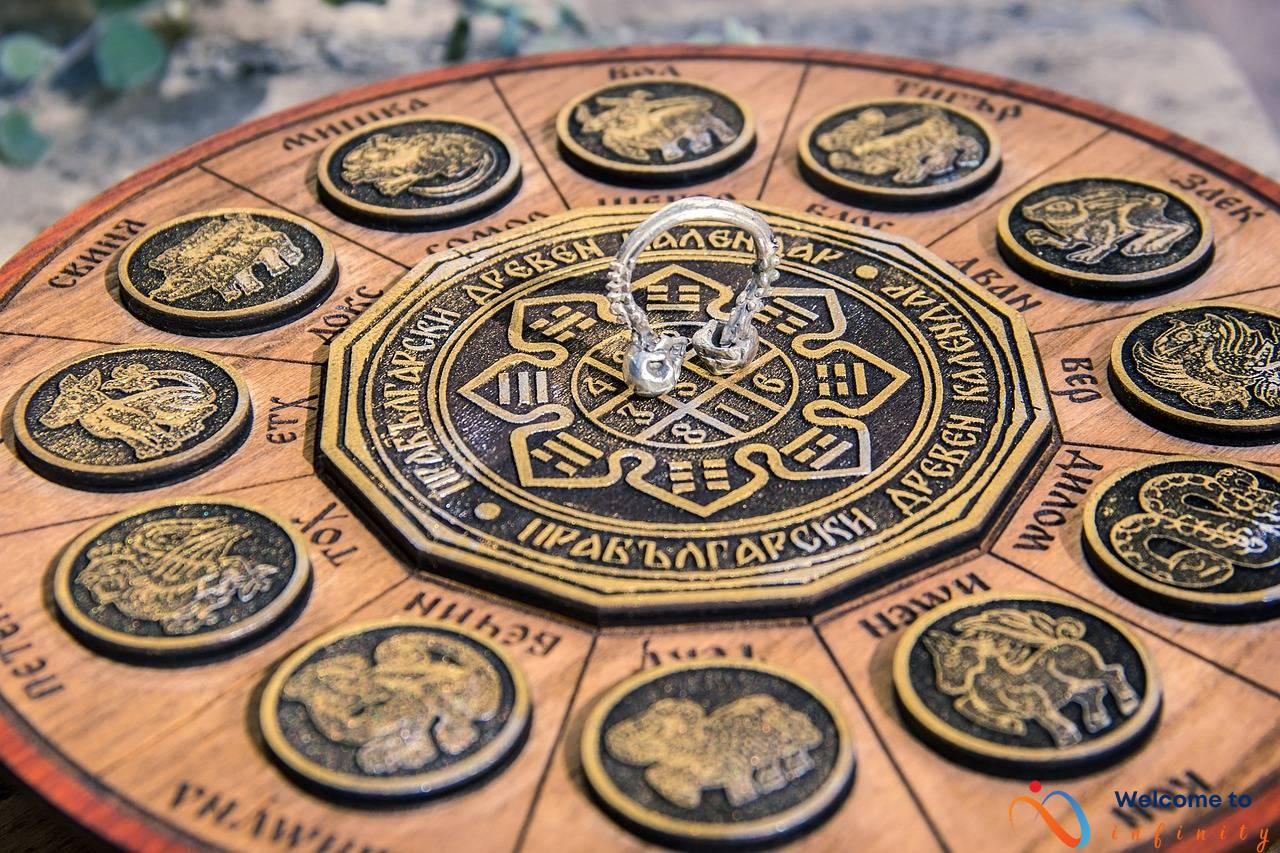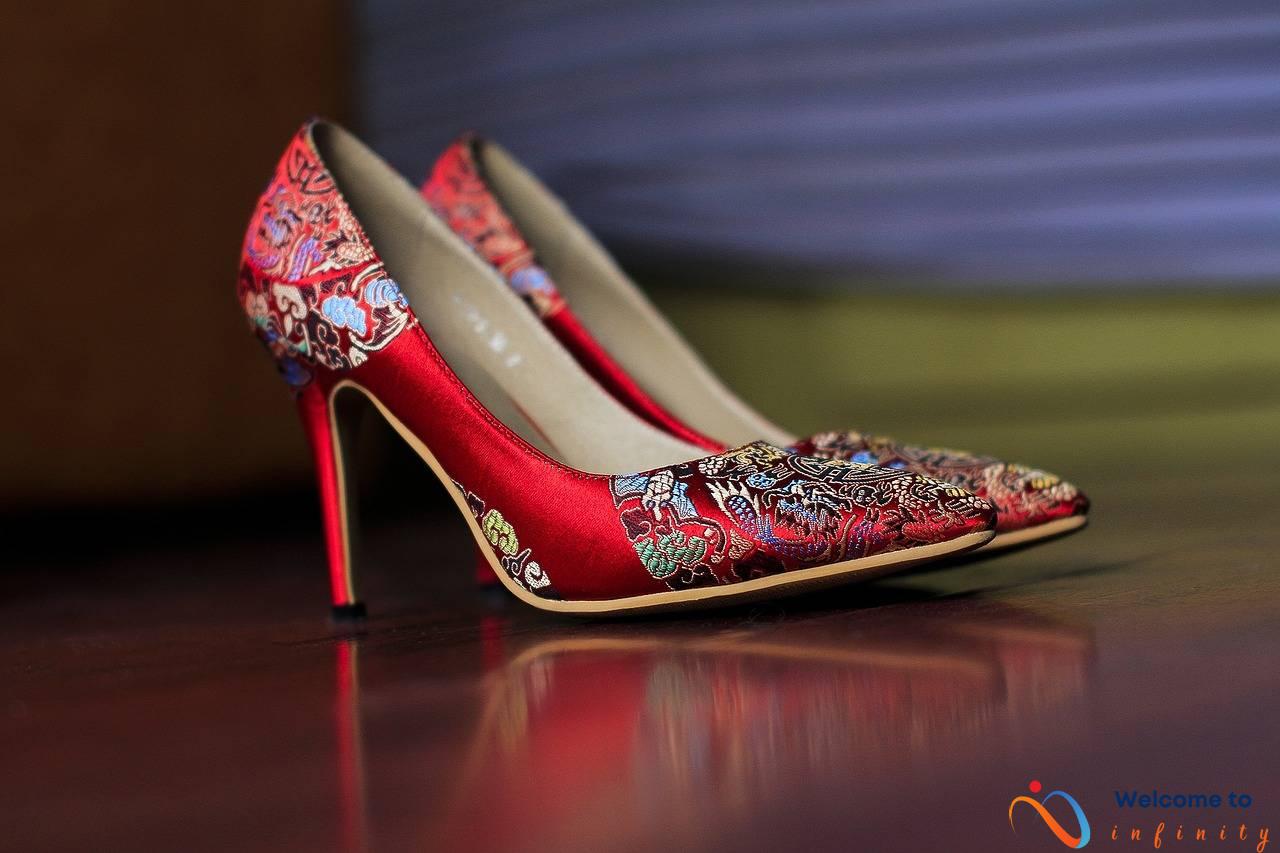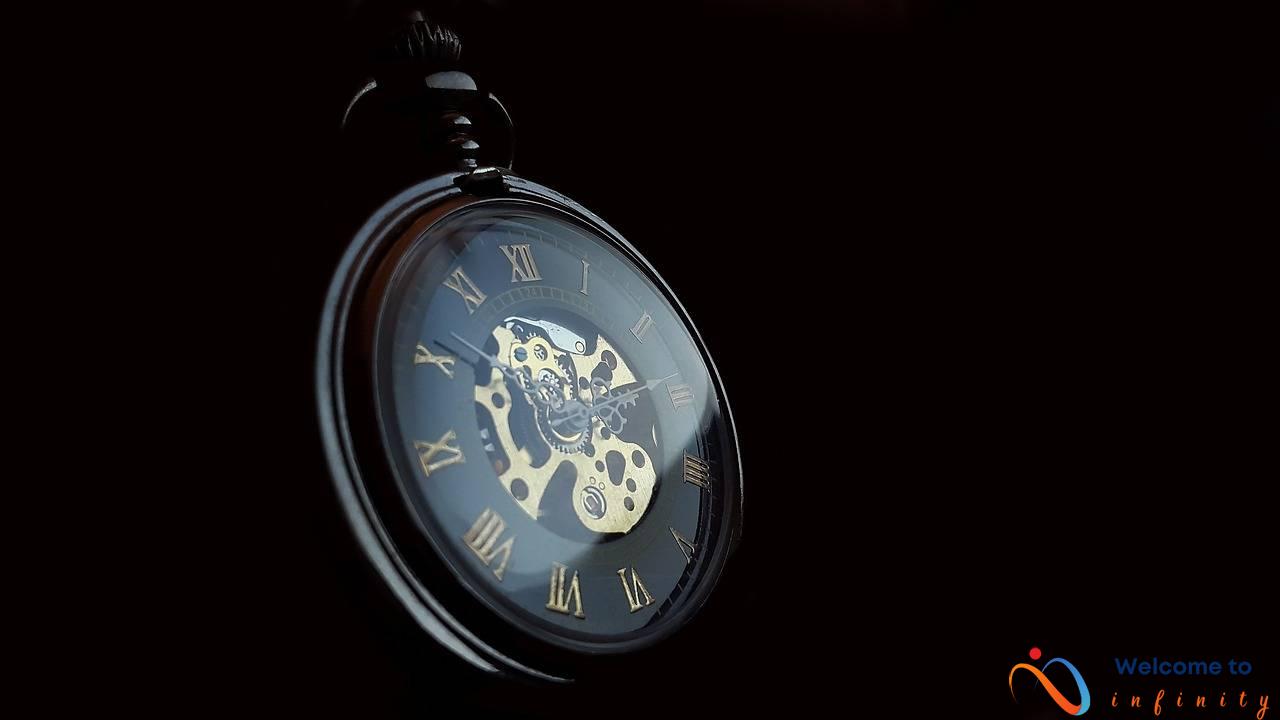Living a green lifestyle is not only beneficial for the environment, but it can also be a rewarding experience for you. Nowadays, it's more important than ever to reduce waste, energy consumption, and carbon emissions. One promising method of cutting down your carbon footprint is through upcycling. By repurposing items that you already have, you can reduce waste and breathe new life into them. Here are some tips on how to get started with upcycling.
- Take inventory of the items in your home: Before you start throwing things away, take a look at what you currently own. You might be surprised at what you can upcycle simply by looking through your closets, storage areas, and garages.
- Think creatively: You don't have to be a DIY expert to upcycle. Often, all it takes is a little creativity to transform an old item into something new. For example, you can repurpose old t-shirts into tote bags, use broken mugs as planters, or turn an old ladder into a bookshelf.
- Join local upcycling groups: You can learn a lot from other people who are also passionate about upcycling. Joining online or local groups can provide you with a wealth of knowledge and inspiration on how to upcycle various items.
- Choose eco-friendly materials: When selecting materials for your upcycling projects, try to choose eco-friendly options that won't harm the environment. This can include using non-toxic paints, upcycling natural fibers, or repurposing items that would otherwise end up in landfills.
Upcycling is a great way to reduce your carbon footprint, save money, and live a more sustainable life. So, why not try it out yourself and see what kind of creative ideas you can come up with?
Why Upcycling?
Upcycling is a term used to describe the process of transforming old or discarded materials into something new and useful. It differs from recycling in that it involves repurposing items without breaking them down into raw materials. The benefits of upcycling are numerous, including reducing waste, saving money, and promoting creativity.
By upcycling, you can reduce the amount of waste that ends up in landfills. Instead of throwing out old items, upcycling gives them a new life, extending their usefulness and reducing the need for new products. Upcycling is also an affordable way to update your home decor or wardrobe without spending a lot of money. Many upcycling ideas require only a few basic tools and supplies, making them a budget-friendly option for those who want to live more sustainably.
Additionally, upcycling promotes creativity and encourages people to think outside the box. It allows you to see the potential in items that might otherwise be considered junk and turn them into something that is both beautiful and functional. This creativity can help reduce our carbon footprint by reducing the need for new items to be manufactured and minimizing the resources needed to produce them.
Overall, upcycling is a great way to live a more eco-friendly lifestyle. By repurposing items instead of throwing them away, you can reduce waste, save money, and promote your creativity. So, next time you're thinking about tossing an old item, consider giving it a new life through upcycling.
Upcycling Ideas for Your Home
If you're looking for ways to reduce your carbon footprint and create a unique and eco-friendly home, upcycling is a perfect solution. Upcycling is the process of transforming unwanted or waste materials into new products of higher value. Here are some creative and easy upcycling ideas for your home:
Instead of throwing away old jars, turn them into cute and stylish planters. Fill them with soil and your favorite plants to create a mini herb garden or an indoor oasis.
Don't throw away old and worn-out furniture. Instead, give them a new life by repurposing them. For example, turn an old dresser into a unique and stylish bookshelf or coffee table.
Succulent DIY terrariums are a creative and easy upcycling idea that you can make at home. Reuse jars or glass containers to make a mini succulent garden. Simply layer sand, soil, and rocks in the jar and add your favorite succulents.
Transform old and unwanted items into stylish and functional storage solutions. For example, turn old crates into shelves or baskets into toy storage solutions for your kids' room.
Instead of using paper napkins, opt for reusable cloth napkins. Make your own from old clothes or bedsheets and add a personal touch to your dining table.
Repurpose old pallets into unique and stylish displays. Use them as a backdrop for hanging plants or create a rustic and vintage-inspired photo wall.
- Upcycling is a great way to reduce waste and live a more eco-friendly lifestyle.
- By upcycling items around your home, you can create unique and personalized home decor.
- Easy upcycling ideas for your home include jar planters, repurposed furniture, reusable cloth napkins, and pallet displays.
Try these creative and simple upcycling ideas for your home to reduce your carbon footprint and add a personal touch to your living space.
Upcycling Clothes
If you want to reduce your carbon footprint and live a more eco-friendly lifestyle, upcycling is a great way to start. One of the best areas to focus on for upcycling is your wardrobe. Clothing can take up a lot of space in landfills, but with a little creativity and effort, you can turn old clothing items into new and fashionable pieces.
One popular upcycling idea is turning a t-shirt into a tote bag. This is a simple yet functional project that can be done in just a few steps. All you need is an old t-shirt, scissors, and a sewing machine (or needle and thread if you prefer hand-sewing).
First, cut off the sleeves of the t-shirt and remove the neckline. Next, flip the t-shirt inside out and sew the bottom of the shirt closed. Turn the shirt right side out and voila! You now have a stylish and eco-friendly tote bag that's perfect for carrying groceries or running errands.
If you're looking for more upcycling ideas for your wardrobe, consider transforming old jeans into shorts or skirts, or using scraps of fabric to create a unique patchwork shirt. Of course, the possibilities are endless, so don't be afraid to get creative!
- Transform old shirts into tank tops or crop tops
- Use old scarves to make a colorful and unique kimono
- Make a cozy scarf from an old sweater
Upcycling clothes not only helps the environment by reducing waste, but it can also be a fun and rewarding hobby. Next time you're thinking of throwing away an old shirt or pair of jeans, consider giving them new life with a creative upcycling project.
DIY Upcycling Projects
If you're looking for some creative and eco-friendly DIY projects, upcycling is the way to go! By repurposing old items, you can reduce your carbon footprint and give new life to things that would otherwise end up in the landfill. Here are a few simple and fun upcycling projects to get you inspired:
- Bicycle Wheel Wall Clock: Turn an old bicycle wheel into a unique and stylish wall clock. With just a few simple materials like clock hands and numbers, you can transform this discarded item into a functional and eye-catching piece of art for your home.
- Tin Can Lanterns: Transform old tin cans into beautiful lanterns by punching holes in the sides and adding a tealight candle. These are perfect for outdoor gatherings or as decoration for your backyard.
- Bookshelf from a Ladder: Turn an old wooden ladder into a chic and rustic bookshelf. Simply add wooden planks to the steps and voila! You have a unique piece of furniture that's perfect for displaying your book collection or other decor items.
Upcycling is a fun and creative way to reduce waste and live a more sustainable lifestyle. By using your imagination and repurposing items you already have, you can create unique and environmentally-friendly projects that are sure to impress. So, go ahead and give upcycling a try!
Upcycling for Your Garden
If you're looking for ways to make your gardening more eco-friendly, upcycling can provide you with some creative solutions. Here are some ideas on how to reuse items around your home and turn them into functional garden elements.
- Old Tires as Planters: Don't throw away your old tires! They can be used as unique planters for your garden. Fill the tires with soil and add your favorite plants.
- Pallet Compost Bin: Create a compost bin out of wooden pallets. Simply stack the pallets and secure them with wire or nails. Add your organic waste and let nature do the work. Your garden will thank you for the nutrient-rich compost!
- Birdhouse from Teapot: You can upcycle an old teapot into a birdhouse. Simply hang the teapot from a low tree branch and make a small hole for a bird to enter.
- Hanging Herb Garden: If you have an old shoe organizer lying around, don't throw it out! It can be repurposed as a hanging herb garden. Simply fill each pocket with soil and your favorite herbs.
- Garden Tool Trellis: Repurpose old garden tools by creating a trellis for your climbing plants. Attach the tools to a wooden frame or fence and watch your plants grow.
These are just a few ideas to get your creativity flowing. Upcycling can be an enjoyable and sustainable way to add unique features to your garden while reducing your environmental impact.
Upcycling Garden Tools
Gardening is a fantastic way to reduce your carbon footprint and grow your own fresh produce. However, tools can be expensive and often need to be replaced over time. That's where upcycling comes in! Here are some creative ways to repurpose old garden tools:
- Transform old shovels into trellises for climbing plants.
- Use old rakes as a display for hanging small flower pots.
- Turn a wheelbarrow into a planter, creating a unique and eye-catching centerpiece for your garden.
- Create a birdhouse out of a watering can by cutting out a small hole for the entrance and hanging it in a tree.
Another great idea is to paint your old garden tools in vibrant colors to create a fun and unique look. This will also help prevent rust and extend their lifespan. The possibilities are endless when it comes to upcycling garden tools, so get creative and start repurposing today!
Upcycling Yard Waste
Are you tired of throwing away yard waste like fallen leaves, grass clippings, and branches? Upcycling yard waste is a great way to reduce waste and help your garden thrive! Instead of putting them in the trash, consider repurposing these items by creating your very own mulch or compost using the following tips:
- Grass clippings: Use a lawnmower to cut grass and make a fresh batch of nitrogen-rich yard waste. Add a layer of grass clippings to the bottom of your compost pile to help it decompose faster.
- Fallen leaves: Rake fallen leaves into a pile and cover them with a breathable material such as burlap. After 6 to 12 months, you'll have nutrient-rich leaf mulch!
- Twigs and branches: Instead of buying wood chips, use a wood chipper to turn branches and twigs into mulch. Use this mulch to add nutrients to your garden soil.
Composting is a simple process that benefits your garden and the environment. When left alone, the decomposition process can take years. However, with a little effort and some know-how, you can speed up the process with some basic composting principles:
- Layer your compost pile: Add layers of green matter like grass clippings and kitchen scraps, and then add brown matter like leaves and twigs. Repeat the process until the pile reaches the desired height.
- Keep it moist: Your compost pile should be damp like a sponge. Too much water and your compost pile may develop an unpleasant odor, and too little water will prevent decomposition.
- Aerate the compost pile: Mix or turn your compost pile weekly to aerate it. This helps speed up the decomposition process and prevents any unpleasant odors.
- Use your compost: Once your compost is crumbly and dark brown, it's ready to use as garden soil or potting mix. It adds nutrients to your garden soil and helps retain moisture.
Upcycling yard waste into mulch or compost is a great way to reduce waste and help your garden thrive. Plus, it's a great way to save money on buying expensive soil or fertilizer. Give it a try!
Upcycling for Sustainable Fashion
If you're into fashion and want to make a difference in reducing waste, consider upcycling your old clothes. Upcycling involves taking old clothing items and turning them into new and unique pieces, giving them a new life and reducing the need to purchase new clothing that may contribute to carbon emissions.
When it comes to sustainable fashion, upcycling is an important step towards reducing waste and promoting eco-friendly habits. Upcycling can involve turning old t-shirts into tote bags, transforming denim jeans into chic skirts, or repurposing jewelry and scarves into new accessories.
The benefits of upcycling for sustainable fashion go beyond just reducing waste. By creating unique and one-of-a-kind items, you can express your personal style while also promoting a more eco-conscious lifestyle. Upcycling can also save money, as you can avoid purchasing new clothing and accessories by repurposing items you already have.
To get started with upcycling your fashion items, consider looking for inspiration online or in local thrift stores. You can also get creative and experiment with different techniques, such as dyeing or embroidery, to give your items a new look and feel. With upcycling, the possibilities are endless.
In addition to upcycling your own wardrobe, consider supporting sustainable fashion brands that prioritize eco-friendly practices and upcycling. By choosing to shop from these brands, you can reduce your carbon footprint while also supporting a more sustainable fashion industry.
Upcycling Denim
Do you have a pile of old denim jeans that you don't wear anymore? Instead of throwing them out or letting them collect dust in your closet, consider upcycling them into something new and fashionable. One great idea is to turn them into a chic denim skirt!
Here's how to do it:
| Step 1: | Cut off the legs of the jeans at the desired length for your skirt. Make sure to leave a little extra length for hemming later. |
| Step 2: | Cut up the middle of the crotch seam to separate the front and back of the jeans. |
| Step 3: | Take one of the sections and cut off the bottom seam, then cut it down the middle to create two panels. |
| Step 4: | Take one of the panels and place it right side up on the table. Take the other panel and place it on top of the first panel, right side down. Pin the two panels together along the side seam. |
| Step 5: | Sew the two panels together along the pinned seam. Then, hem the bottom of the skirt to the desired length. |
Voila! You now have a trendy denim skirt made entirely from upcycled materials.
Not a fan of skirts? No problem. You can also upcycle old denim into shorts, a jacket, or even a purse. The possibilities are endless!
Upcycling Accessories
Accessories are the perfect way to add a unique touch to any outfit. However, constantly buying new items can often lead to waste, which is where upcycling comes in. By repurposing old scarves and jewelry, you can create new accessories while reducing your carbon footprint.
One way to upcycle scarves is to turn them into headbands or hair ties. Simply cut the scarf to the desired length and tie it into a knot. You can also use scarves to create a unique belt to accessorize your outfit.
Jewelry can also be upcycled to create new and unique pieces. One idea is to transform old necklaces into bracelet by removing extra links and reattaching the clasp. Old earrings can also be turned into chic brooches by attaching a pin backing.
If you have a collection of miscellaneous beads and jewelry pieces, consider using them to create a unique statement necklace. Thread the beads onto a string or chain, and voila – a new accessory that no one else will have.
To keep your accessories organized, upcycle items like cardboard boxes or old picture frames into jewelry holders. For example, wrap a cardboard box with decorative fabric to create a stylish container for your jewelry.
By upcycling accessories, you can not only reduce waste but also create new and unique pieces for your wardrobe. So the next time you're considering throwing out an old scarf or piece of jewelry, think about how you can repurpose it into a new accessory.












